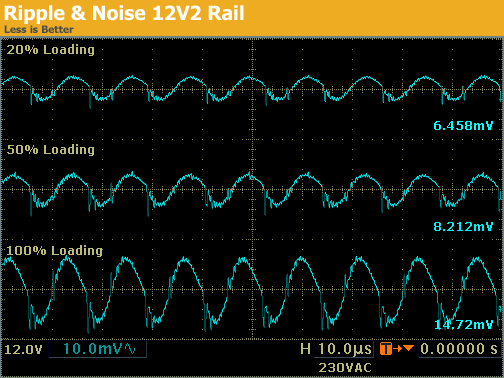thoppa
100+ Head-Fier
- Joined
- Feb 7, 2007
- Posts
- 422
- Likes
- 10
Hi,
Yeah, some sort of filtering would be good but it's gonna be very hard to have any strong effect cos the noise is in the board, not the supply. I still have that pci cable riser so one day maybe I'll hack that up......for sure, at some point when I have nothing else to do, I'll look at the noise across the 2200uF Nichicon on the soundcard and try some other caps to reduce this as much as possible. However, previous attempts to do this with other supplies and boards have taught me that it won't actually make much difference - switching noise is a real pita to remove - but some Vishay MKP1837 0.1uF to 1nF will damp it a little. Besides, these op amps have fantastic cmrr and psrr so it's highly debatable if I would hear the difference even if I could measure it.
I wanna start on the Teradak X2 i2s to an AMB Y2 as a dac for my laptop. I just started building the Y2 so I'm keen to get that done and see if the WM8741 sounds better than the 8740....
Yeah, some sort of filtering would be good but it's gonna be very hard to have any strong effect cos the noise is in the board, not the supply. I still have that pci cable riser so one day maybe I'll hack that up......for sure, at some point when I have nothing else to do, I'll look at the noise across the 2200uF Nichicon on the soundcard and try some other caps to reduce this as much as possible. However, previous attempts to do this with other supplies and boards have taught me that it won't actually make much difference - switching noise is a real pita to remove - but some Vishay MKP1837 0.1uF to 1nF will damp it a little. Besides, these op amps have fantastic cmrr and psrr so it's highly debatable if I would hear the difference even if I could measure it.
I wanna start on the Teradak X2 i2s to an AMB Y2 as a dac for my laptop. I just started building the Y2 so I'm keen to get that done and see if the WM8741 sounds better than the 8740....









